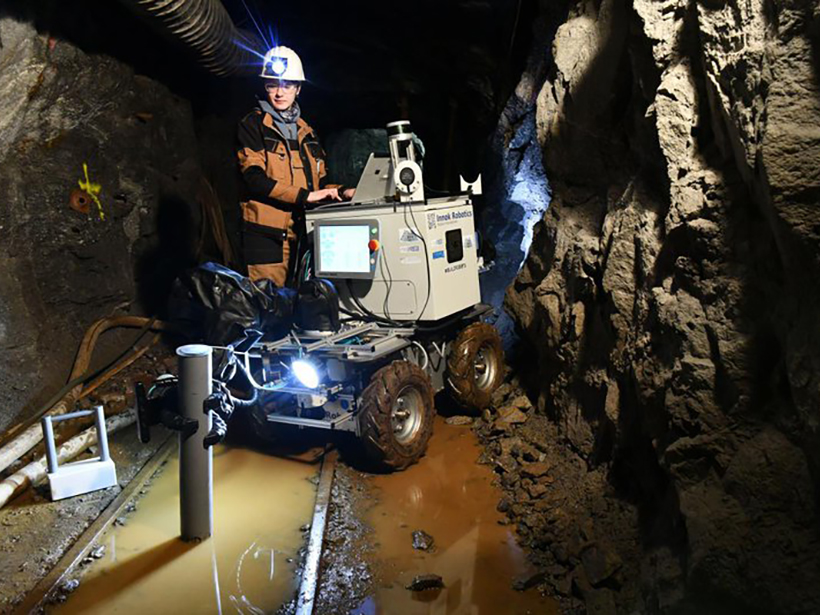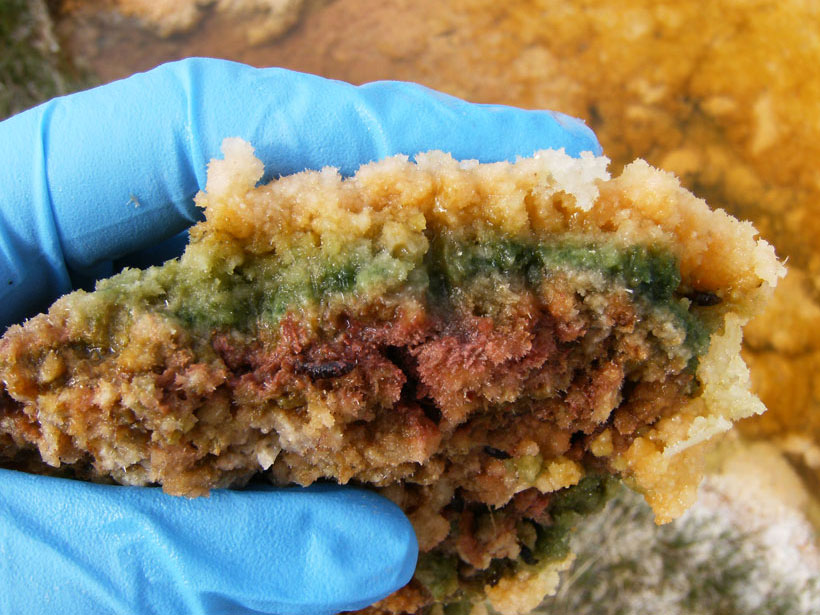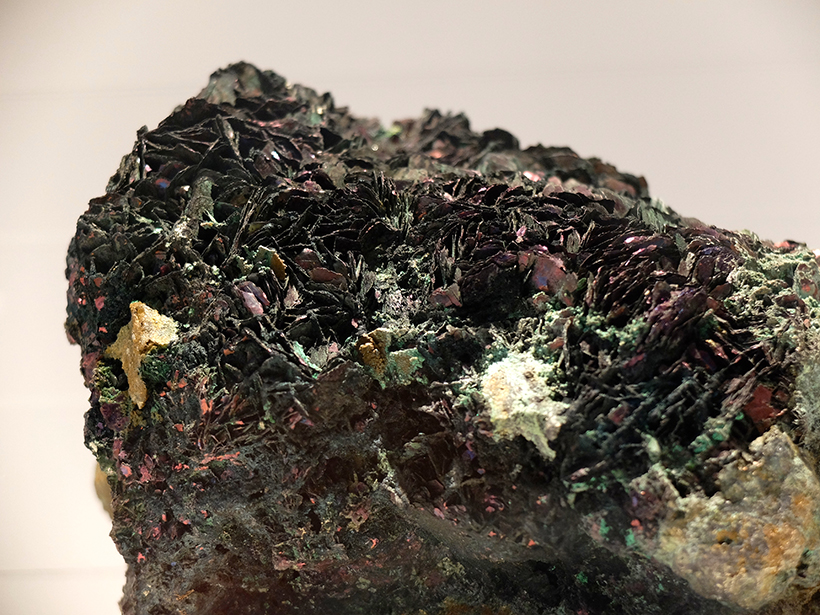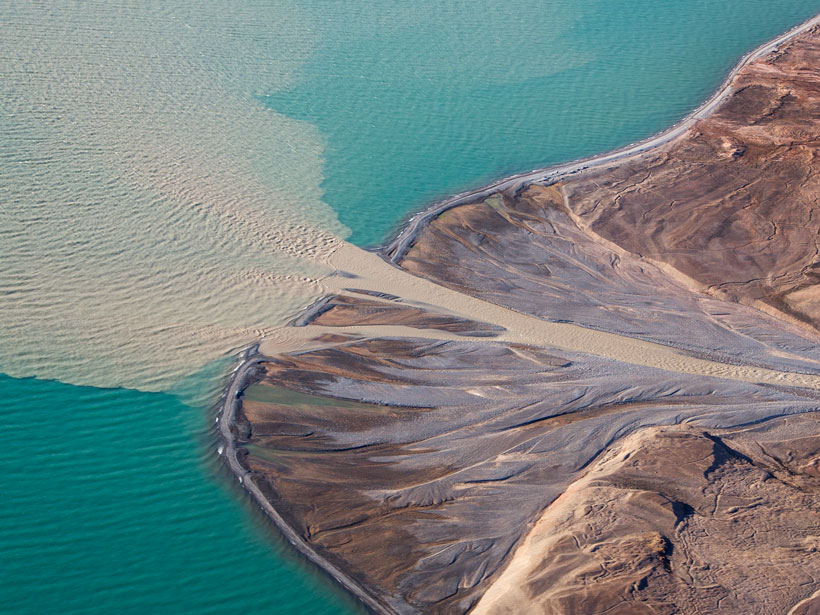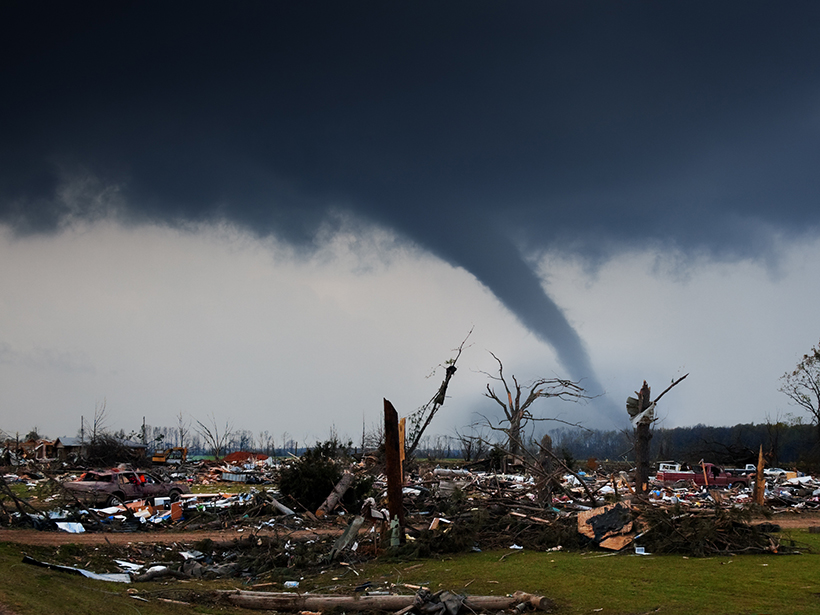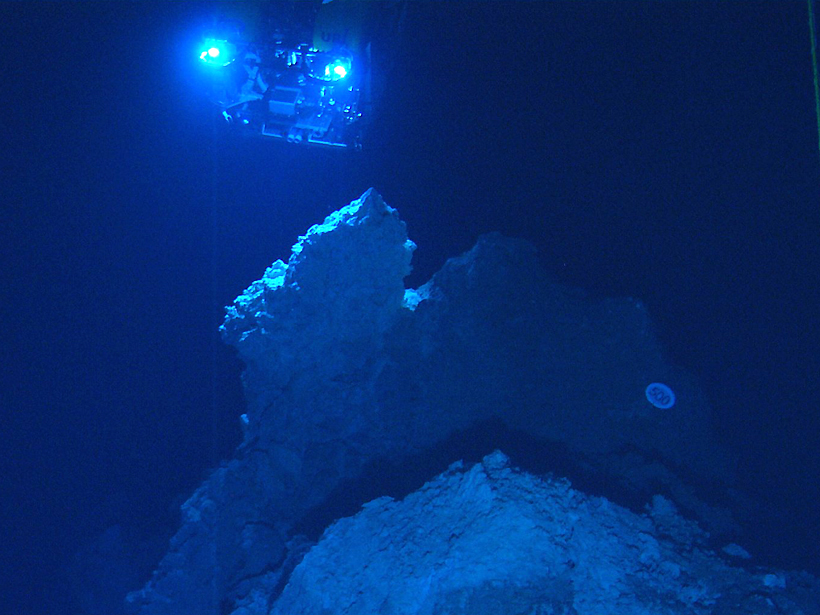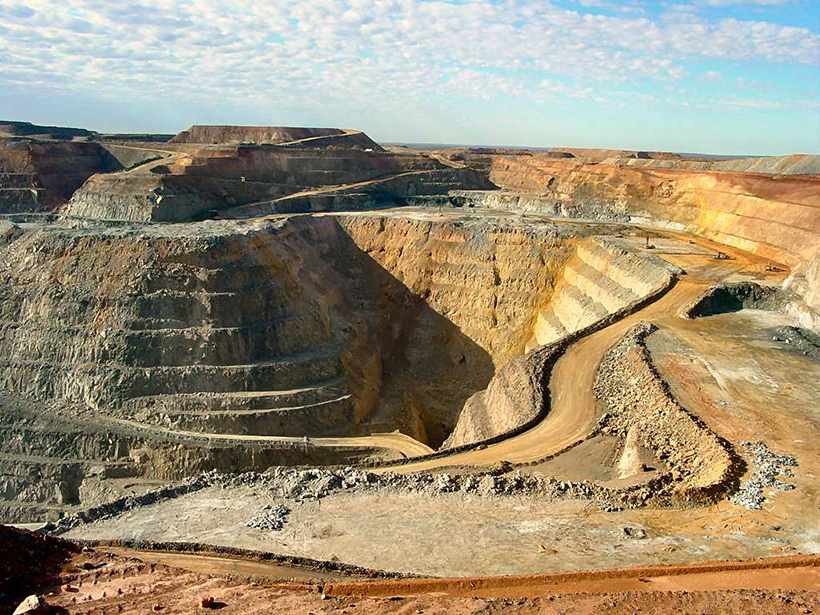From exploring flooded sites to providing alerts, use of robotics aims to “increase the arsenal of tools that can help miners work more safely and efficiently.”
mining
The Carbon Market Potential of Asbestos Mine Waste
Researchers have devised new methods to turn toxic asbestos mine tailings into innocuous piles of carbonate rock and draw down atmospheric carbon dioxide at the same time.
For Some Copper Deposits, Microbes Make Minable Minerals
Copper ores were long thought to form through purely chemical processes, but a recent study provides the strongest evidence yet that microbial metabolism drives mineral production.
Sand from Greenland’s Melting Ice Sheet Could Bring in Business
The effects of climate change could fuel a new sand mining industry in Greenland.
Westward Expansion, Technology, and Tornado Fatalities
By mining records from 1808 to 2017, researchers can now show just how many lives have likely been saved by technology like radar.
Meeting the Mineral Needs of the United States
A recent report points out where the United States is most dependent on mineral imports and highlights some ways for reducing this dependence.
Administration Plan Would Cut USGS Budget by More Than 20%
The plan emphasizes priorities such as energy and mineral independence and security. However, the sharp funding drop means that the agency won’t be able to support its full scientific portfolio.
Deep-Seabed Mining May Come Soon, Says Head of Governing Group
New regulations could open the door for sustainable mining, says the head of the International Seabed Authority. However, he and others pointed to environmental, financial, and technical challenges.
Where and How Can We Find New Sources of Oil and Gas?
The editors of a new book on oil and gas exploration describe developments in methods for identifying oil and gas fields, and for making accurate predictions about their extractive potential.
Global Drought Clustering Could Mean Big Losses for Mining
Long-term climate records could help mining companies and their investors assess the financial risk of water shortages.

